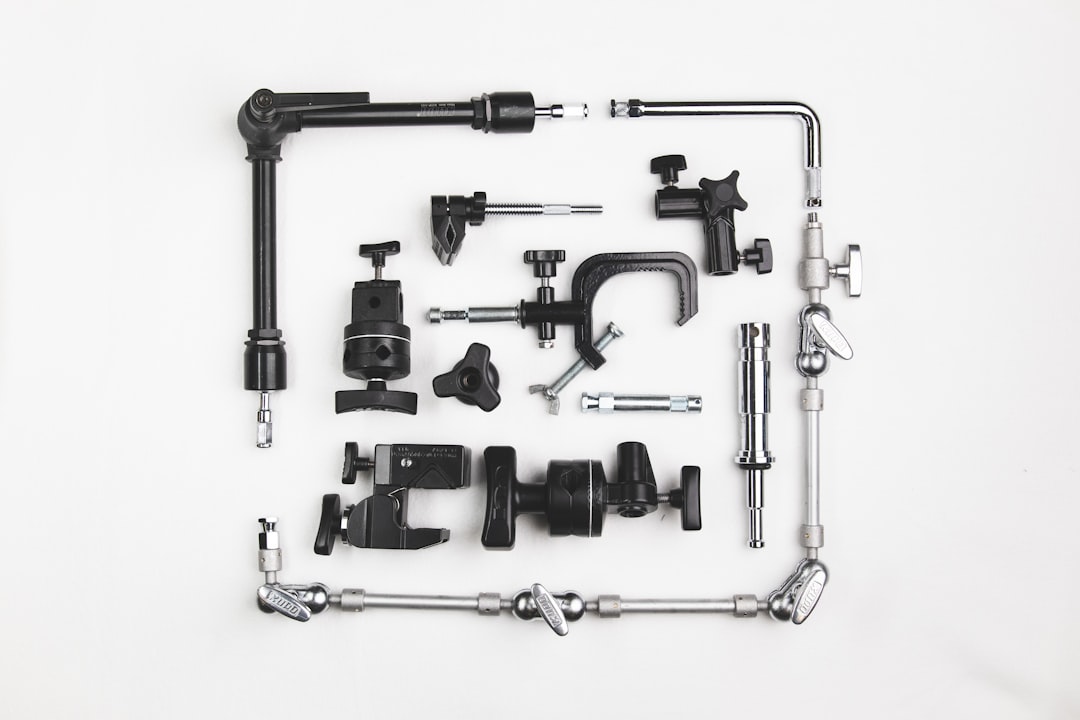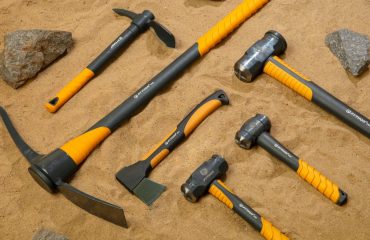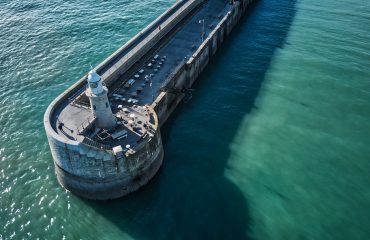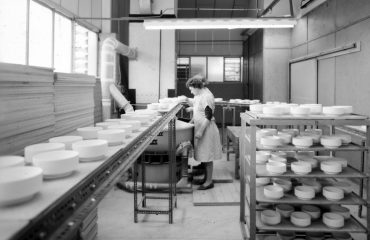EN 10217 is a crucial European standard defining the requirements for seamless steel pipes intended for a wide range of applications. Understanding this standard is essential for anyone involved in the selection, procurement, or use of these pipes. This comprehensive guide will delve into the intricacies of EN 10217, providing a detailed overview of its various aspects.
Understanding EN 10217 Grades and Their Applications
EN 10217 categorizes seamless steel pipes into various grades, each possessing unique mechanical properties and chemical compositions tailored for specific applications. The most common grades include:
- Grade 1: Generally used for low-pressure applications where high strength isn’t paramount. Often found in less demanding structural or fluid conveyance systems.
- Grade 2: Offers improved mechanical properties compared to Grade 1, making it suitable for applications requiring moderate pressure and strength.
- Grade 3: A higher-strength grade, frequently used in higher-pressure applications and where greater resistance to deformation is needed.
- Grade 5: A high-strength, low-alloy steel grade designed for demanding applications with high pressures and temperatures. Often seen in oil and gas pipelines.
- Grade 6: Similar to Grade 5 but with even higher strength and improved creep resistance, suitable for particularly severe operating conditions.
The choice of grade depends heavily on the intended application, considering factors like operating pressure, temperature, and the corrosive environment. Detailed specifications for each grade, including tensile strength, yield strength, elongation, and chemical composition, are clearly outlined within the EN 10217 standard.
Manufacturing Processes of EN 10217 Seamless Steel Pipes
The seamless nature of EN 10217 pipes distinguishes them from welded pipes. The manufacturing process typically involves several key steps:
- Hot Rolling: A solid steel billet is heated and then passed through a series of rollers to reduce its diameter and create a hollow tube.
- Piercing: A mandrel is used to pierce the heated billet, creating a central hole and forming the initial tube shape.
- Rolling and Reducing: Further rolling processes reduce the wall thickness and refine the pipe’s dimensions to the required specifications.
- Heat Treatment: Heat treatment processes, such as normalizing or annealing, are applied to achieve the desired mechanical properties and microstructure of the steel.
- Finishing Operations: Final operations include straightening, cutting to length, and potentially surface finishing processes.
The precise manufacturing techniques used can vary depending on the grade of steel and the desired pipe dimensions. Strict quality control measures are implemented throughout the entire process to ensure compliance with EN 10217 requirements.
Key Characteristics and Mechanical Properties
EN 10217 seamless steel pipes are known for their superior characteristics, including:
- High Strength: Possessing excellent tensile and yield strength, enabling them to withstand significant pressure and stress.
- Ductility: Exhibiting good ductility, allowing for flexibility and resistance to cracking under stress.
- Weldability: While seamless, they can be welded if necessary, although this is less common given their seamless nature.
- Corrosion Resistance: Depending on the grade, they offer varying degrees of corrosion resistance, potentially requiring additional coatings or linings for specific environments.
- Dimensional Accuracy: Manufactured to precise dimensions, ensuring consistent performance and ease of installation.
These characteristics make them ideal for a wide array of demanding applications across various industries.
Compliance and Quality Control of EN 10217 Pipes
Compliance with EN 10217 is crucial for ensuring the quality and safety of the pipes. Manufacturers must adhere to strict quality control procedures throughout the manufacturing process. This includes:
- Material Testing: Rigorous testing of the raw materials to verify their chemical composition and mechanical properties.
- Dimensional Inspection: Precise measurement of the pipe’s dimensions to ensure conformity with the specified tolerances.
- Non-Destructive Testing (NDT): Techniques like ultrasonic testing and hydrostatic testing are employed to detect any internal flaws or defects.
- Certification and Documentation: Manufacturers must provide appropriate certifications and documentation to demonstrate compliance with the standard.
By adhering to these stringent quality control measures, manufacturers guarantee the integrity and reliability of EN 10217 seamless steel pipes.
Applications Across Diverse Industries
The versatility of EN 10217 seamless steel pipes makes them indispensable across numerous industries, including:
- Oil and Gas: Used extensively in pipelines for transporting crude oil, natural gas, and refined petroleum products.
- Chemical Processing: Ideal for handling various chemicals and fluids in processing plants and refineries.
- Power Generation: Used in power plants for steam and water lines, as well as in other critical components.
- Construction: Employed in structural applications, such as scaffolding and support structures, where high strength and durability are necessary.
- Mechanical Engineering: Used in various machinery and equipment where high-pressure fluid conveyance is required.
The specific grade chosen will depend on the operating conditions and the nature of the fluid being transported.
This detailed overview of EN 10217 provides a solid foundation for understanding these essential seamless steel pipes. Remember to always consult the complete EN 10217 standard for the most accurate and up-to-date information for specific applications and requirements.
Tags: EN 10217, seamless steel pipes, steel pipe standards, pressure pipes, pipe grades, steel pipe applications




